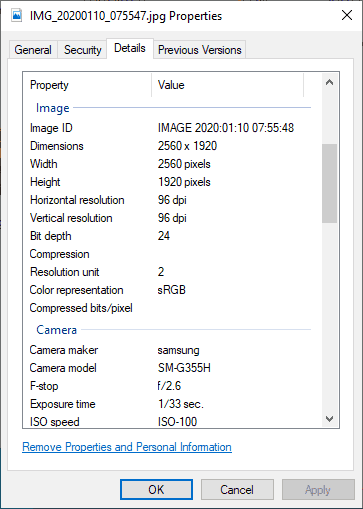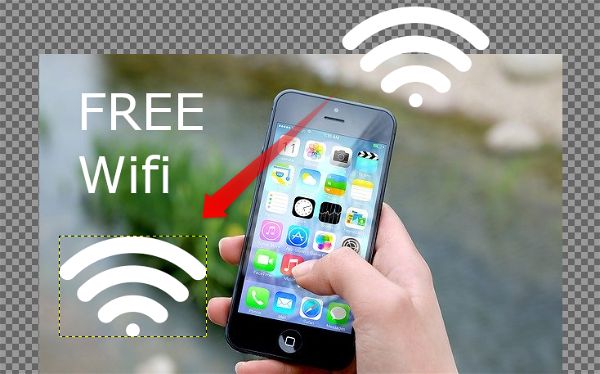Currently there are various types of image files we can find. Among the things we often encounter are images with JPG and PNG formats.
In storing or exporting which image is suitable to choose. Well This time will discuss the most popular image formats, JPG and PNG. Of the two formats, what are the differences.
What is JPG
JPG stands for JPEG which was developed by the Joint Photographic Experts Group in 1992 to become the standard for professional photographers. This format is perfect for Photo files.

One of the features in JPG is EXIF. EXIF contains information related to photos or images, such as when and where photos were taken, color profiles, names of devices to take photos and others. Of course this can be a reference and a note.
That’s why JPG is becoming the standard for photographers, to provide the best level of quality and compression. Because photographic-style photos have a large resolution. As well as the EXIF feature that can store detailed photo information when shooting. Like this:

We also discuss other versions of JPG/JPEG.
- JPEG 2000 became the standard of image compression and encoding system. It has slightly better compression performance, resulting in significant flexibility.
- JPEG XR became an image compression standard developed by Microsoft. Higher compression rate than JPEG, without compromising quality.
JPG supports automatic size optimization or lossy compression, by reducing certain parts (pixels) of the photo. But still prioritize quality. But if it is in high compression it will undergo a change of appearance in certain parts.
Then in saving the JPG image. Export or save as images into JPG format usually (by default) the quality will be set to 80%. That means the image quality is 20% less than the original. It was also an attempt by the application to compress (lossy) images.
If it is done over and over again the quality of the JPG photo will get worse and worse. But you should be able to set the application to Export with 100% quality, with the consequence that the size of the photo will be bigger.
What is PNG
Now PNG, short for Portable Network Graphics, was created in the mid-1990s as a replacement for GIF.
The PNG format is commonly used for vector or icon images and has become the most common lossless image compression format on the Internet.
One of the main features of PNG that JPG lacks is that it supports transparency. This allows the photo to have a transparent background. If you need transparency on images or photos use PNG. For example, you want to save your photo with a transparent background.

PNG file compression is lossless i.e. it preserves all the data contained in the file. If it is a photo (not a vector), the file size can be many times larger than JPG.
When exporting or saving as into PNG format, the image file will not experience any quality degradation. And the details of the picture will not deteriorate.
JPG and PNG differences
The JPG function is used for photos that are abstract (not line in nature), as the image quality will tend to be better with a smaller file size.
The PNG function is used for vector images. Or used for images that are photos that have a transparent background.
When compressed with the Lossy method:
- JPG quality tends to be reduced.
- PNG quality tends to be maintained.
When compressed with the Lossless method: I don’t think it makes any difference, the meaning tends to be the same. As a result, the Lossless compression method results in a larger than lossy file size, as the quality is purer and does not change.
What are Lossy and Lossless?
- Lossy, compressing images as much as possible without maintaining quality.
- Lossless, compressing the image as much as possible by maintaining quality.
The shape of the image or color also affects the size of the file, if there are many irregular colors, the size will be larger.
| Format/comparison | JPG | PNG |
|---|---|---|
| Great for Photos | Yes | Do not |
| Good for Illustration /Vector | Do not | Yes |
| Exposure | Do not | Yes |
| EXIF (Information storage) | Yes | Do not |
JPG vs PNG comparison table
Getting here must have known what JPG and PNG images look like.

